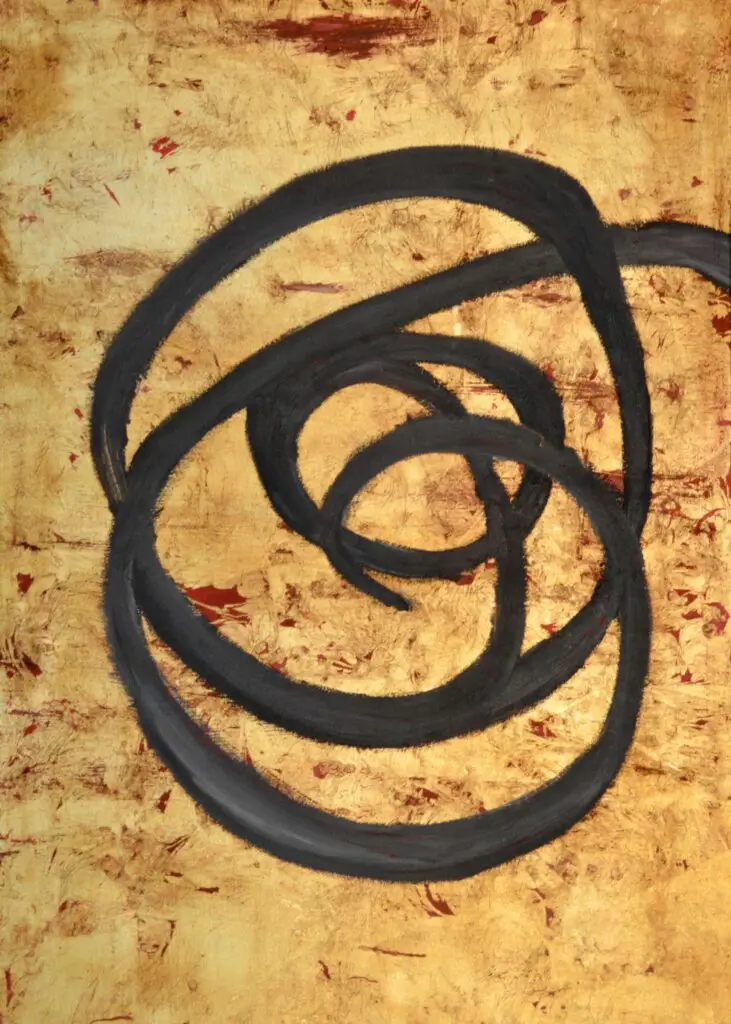
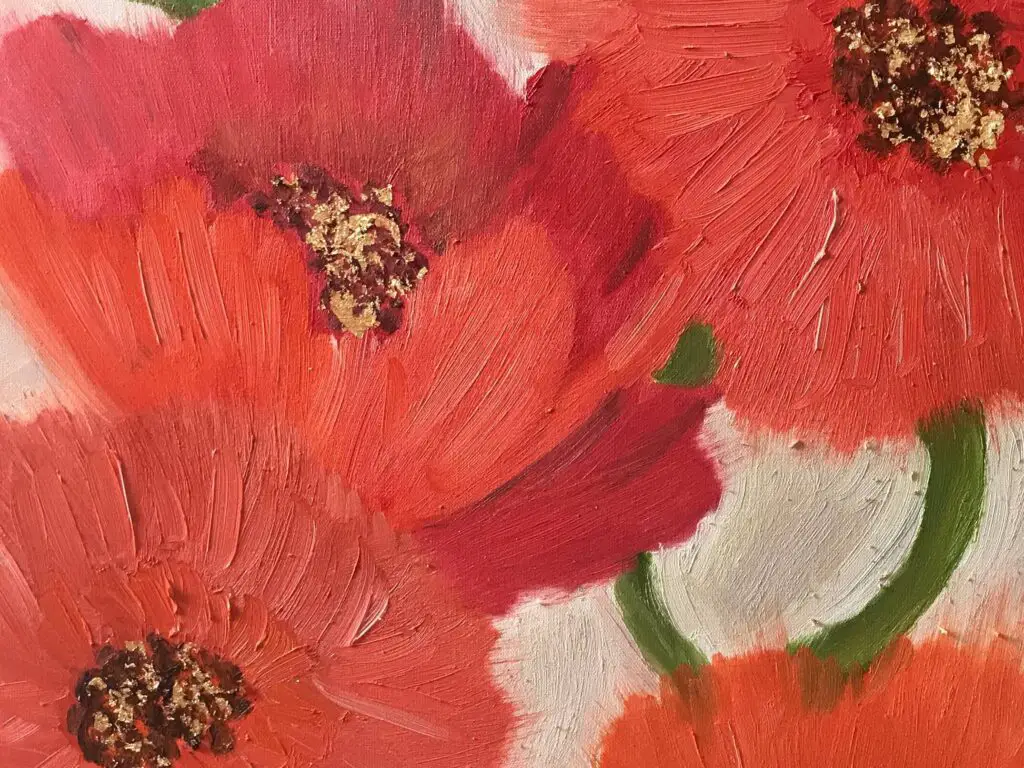
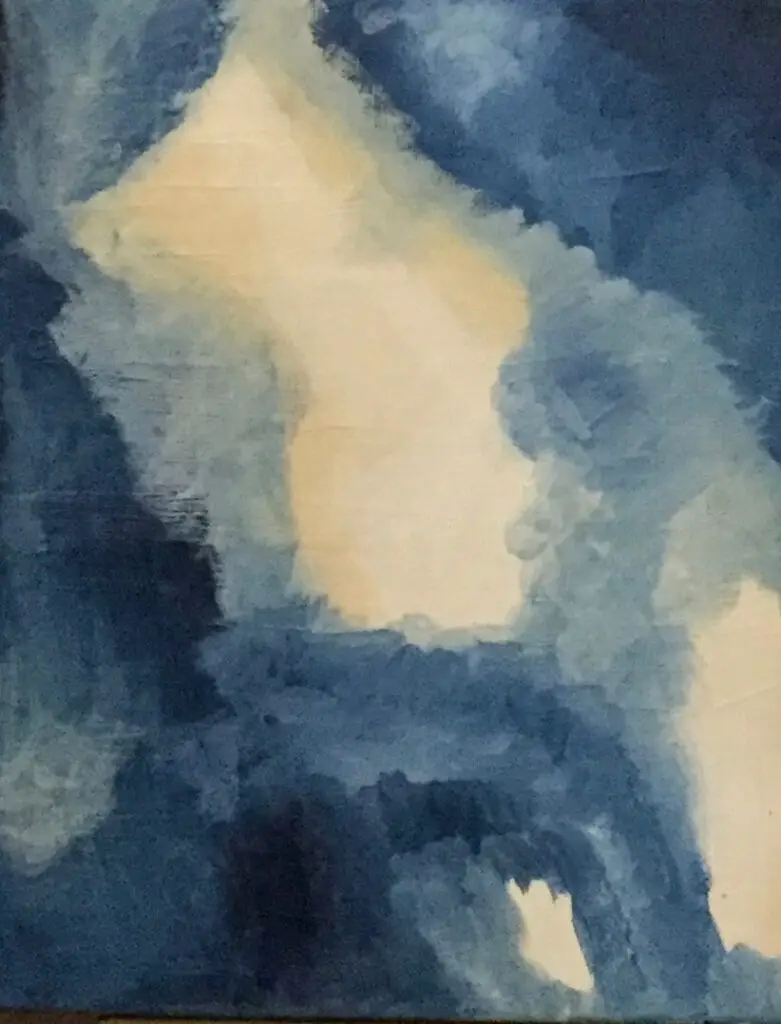
Our Blogs
Explore our blogs brimming with valuable insights and information covering all aspects of the art world.
-
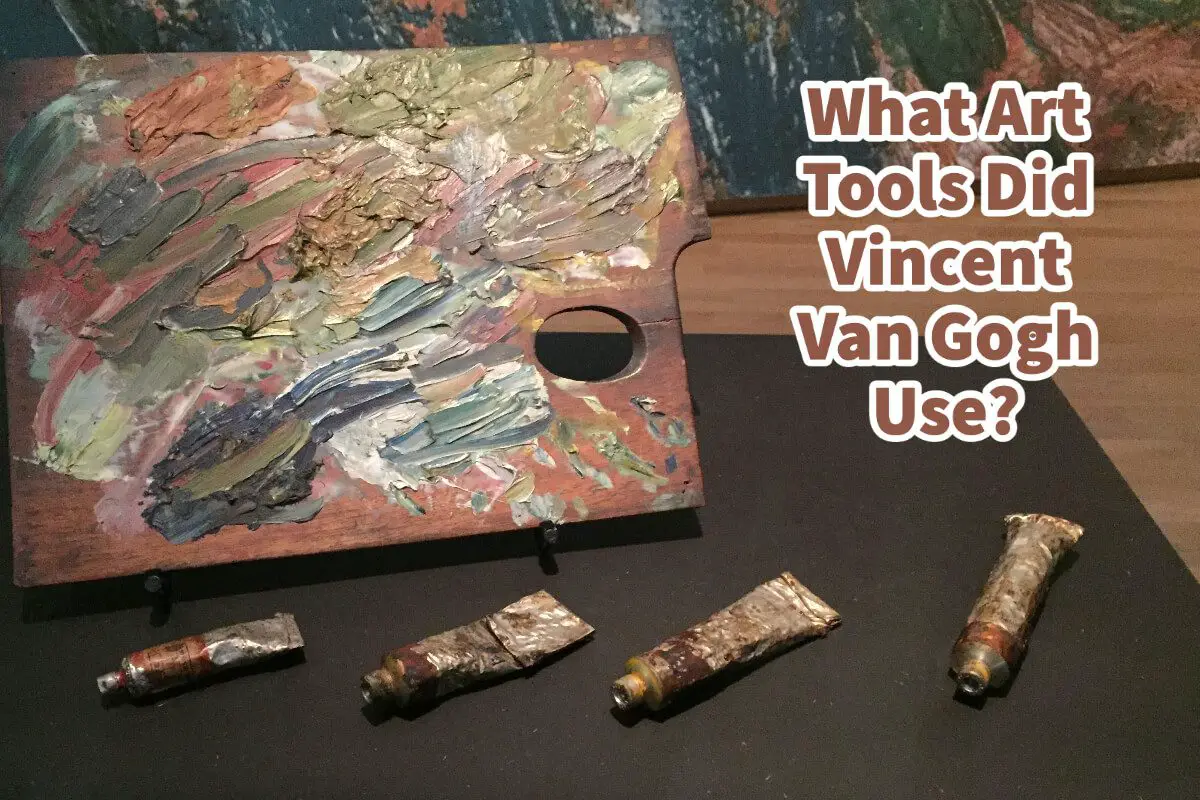
What Art Tools Did Vincent Van Gogh Use?
Vincent Van Gogh continues to be one of the world’s most popular and highly recognizable artists. He is well-known for his magnificent works of art. Vincent Van Gogh used most of the essential tools that artists of his day used, such as oil paints, turpentine, oil, canvas, brushes, palette knife, and easel. We learn from…
-
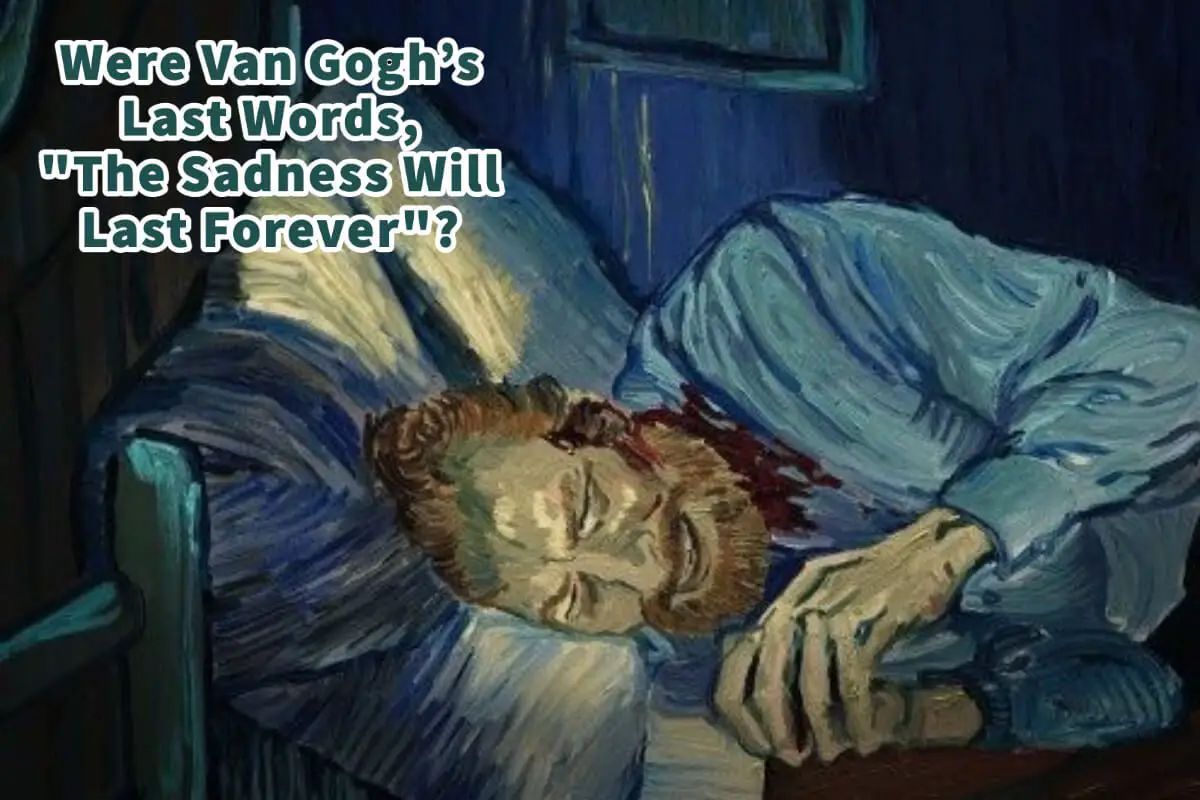
Were Van Gogh’s Last Words, “The Sadness Will Last Forever”?
Vincent Van Gogh died a tragic and untimely death. When he died, his brother Theo heard of his attempted suicide, so he rushed from Paris to Auvers, France, to be near his beloved brother’s bedside. Theo arrived in Auvers before Vincent Van Gogh died.; Theo was with Van Gogh until the very end. Theo recorded…
-
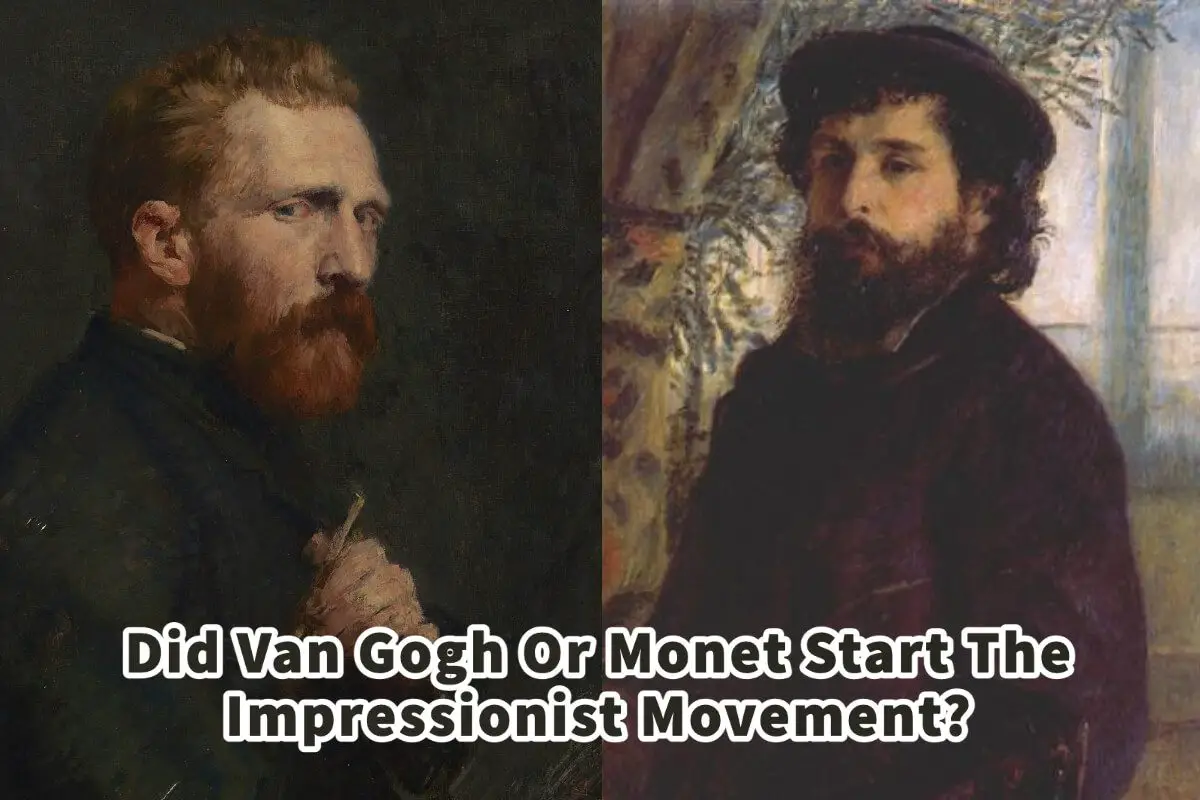
Did Van Gogh Or Monet Start The Impressionist Movement?
As both Claude Monet and Vincent Van Gogh are considered influential artists in the Impressionism and Post-Impressionism movements, there can be some confusion about who helped start the actual Impressionism movement. Claude Monet was the founder of the Impressionist movement; his painting Impression: Sunrise (1872) is the painting the Impressionism movement was named after. Vincent…
-

What Are Vincent Van Gogh’s Paintings In The Louvre Museum?
The Louvre is one of the major museums in the world. The Louvre collection is rich with many different kinds of masterpieces. The Louvre Museum does not have many Vincent Van Gogh Paintings; if you want to see some Vincent Van Gogh paintings in Paris, France, you should visit the Musee d’Orsay. The best place…
-

Is Vincent Van Gogh An Abstract Artist?
Many people wonder what art movement Vincent Van Gogh was part of. They want to know if Vincent Van Gogh was considered an Abstract artist. Vincent Van Gogh was not considered an Abstract Artist but regarded as a Post-Impressionism artist. He is known to have admired the Impressionist artist, but he never saw himself as…
-

Doctor Who’s “Exploding Tardis” By Vincent Van Gogh – Fact Or Fiction?
When you check on the Internet, many people ask questions about Exploding Tardis and whether or not it is an original Vincent Van Gogh painting. Many people seem to think that Vincent Van Gogh painted this painting. The Exploding Tardis by Vincent Van Gogh is a fictional painting produced for the British television series Doctor…
-
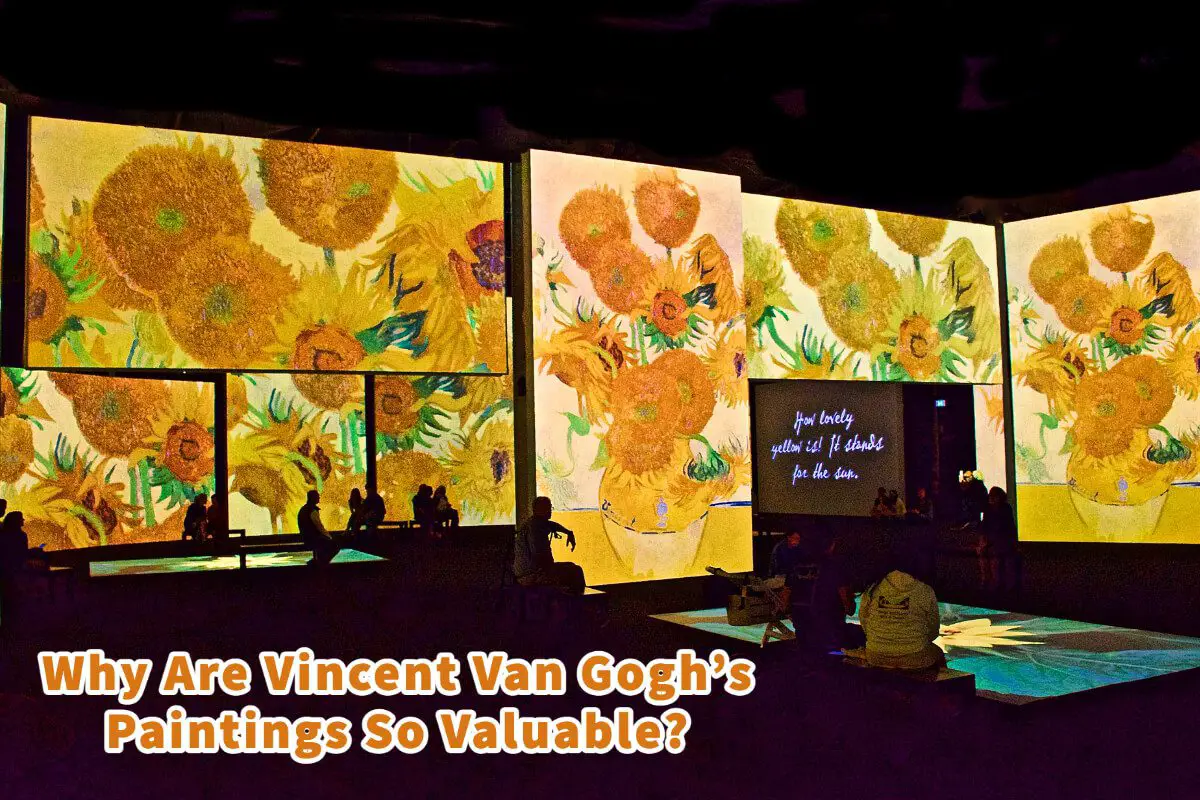
Why Are Vincent Van Gogh’s Paintings So Valuable?
Vincent van Gogh is one of the most well-known and influential artists. He is considered the most important Dutch artist since Rembrandt. Vincent van Gogh was an extremely prolific artist who painted over 900 works of art during his short lifetime. His work is appealing, and his use of colors and brushstrokes help make his…
-

A Major Characteristic Of The Renaissance In Europe
You cannot look at world history without looking at the Renaissance as an essential part of world history; the Renaissance period was a time of rebirth and a period that changed the world forever. An essential characteristic of the Renaissance was Renaissance humanism. Renaissance humanism was a movement that started in the 14th century and…
-

Why Did Leonardo da Vinci Become An Artist?
Leonardo da Vinci left many notebooks with his writings. But for all the pages of writings he left, he did not tell us much about his life or thoughts. We do not know why Leonardo da Vinci became an artist, but we do know that he was very talented and showed a disposition to the…

